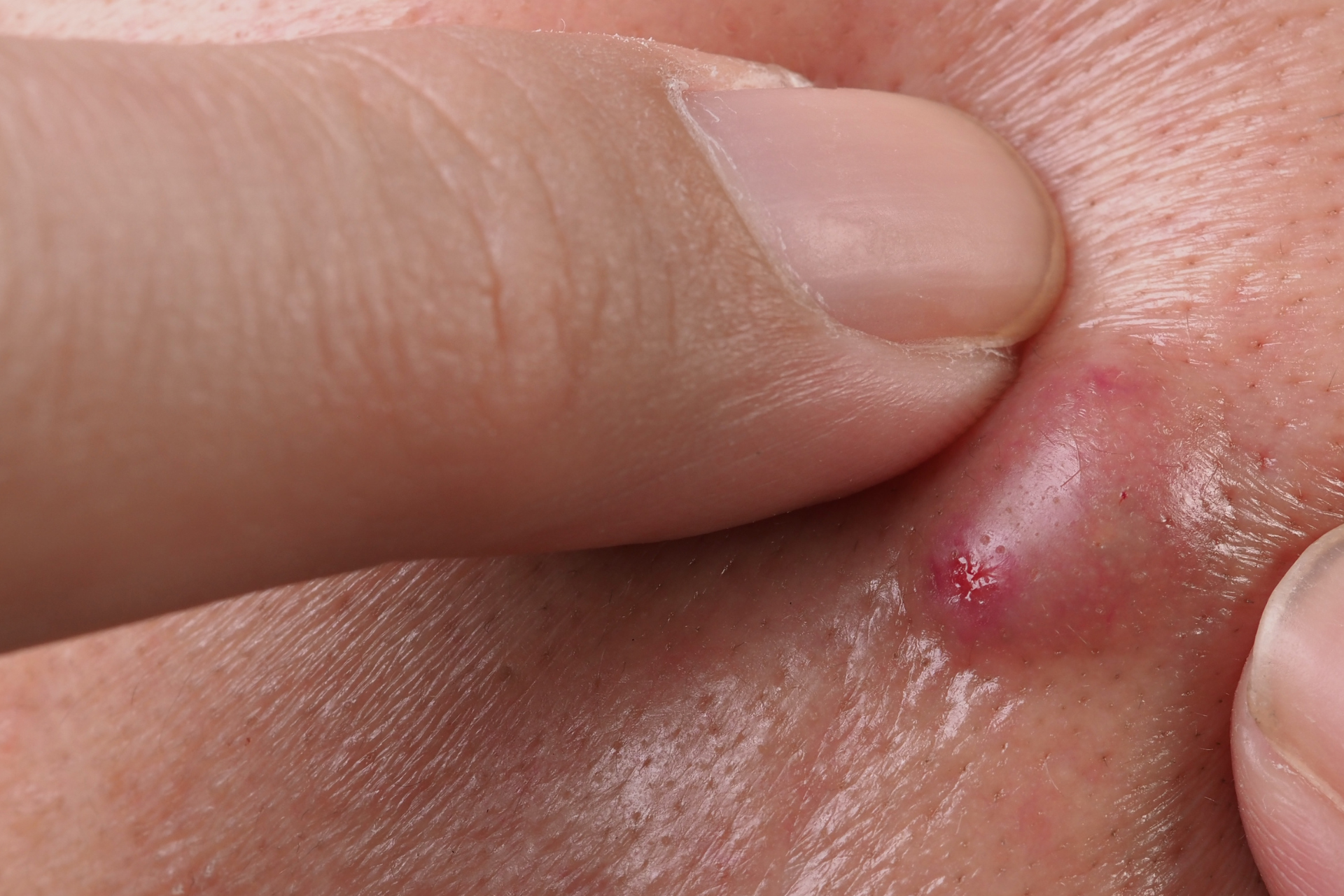Understanding the Different Types of Skin Cysts and Their Treatments

Welcome to the Fall Creek Skin and Health Clinic blog, where we aim to educate and empower our readers with valuable information on skincare and health. In this post, we will delve into the topic of skin cysts - what they are, the different types, and their respective treatments. Skin cysts are a common concern that many individuals may experience at some point in their lives. Understanding the nature of these cysts and knowing how to address them can help you better manage your skin health. Let's explore this topic further.
What are Skin Cysts?
Skin cysts are noncancerous, closed pockets of tissue that can be filled with fluid, pus, or other material. They typically form beneath the skin and can vary in size, shape, and appearance. Skin cysts can develop due to a variety of reasons, including blocked glands, infections, or genetic factors. While most skin cysts are harmless, some may cause discomfort or cosmetic concerns, prompting individuals to seek treatment.
Types of Skin Cysts
There are several types of skin cysts that individuals may encounter. The most common types include epidermoid cysts, pilar cysts, and sebaceous cysts. Epidermoid cysts, also known as epidermal inclusion cysts, form when skin cells move deeper into the skin instead of shedding naturally. Pilar cysts, or trichilemmal cysts, typically develop on the scalp and are filled with keratin protein. Sebaceous cysts originate from oil-producing glands in the skin and can become inflamed or infected if not properly managed.
Treatment Options for Skin Cysts
The treatment approach for skin cysts may vary depending on the type of cyst, its size, location, and symptoms. In many cases, small and asymptomatic cysts may not require any treatment and can be monitored for changes over time. However, if a skin cyst becomes inflamed, infected, or causes discomfort, medical intervention may be necessary. Here are some common treatment options for skin cysts:
1. Injection
In some cases, a dermatologist may recommend injecting a corticosteroid medication into the cyst to reduce inflammation and promote shrinkage. This approach is often used for cysts that are causing discomfort or are cosmetically bothersome.
2. Incision and Drainage
For cysts that are infected or filled with pus, a healthcare provider may perform a minor surgical procedure to drain the cyst and alleviate symptoms. This procedure helps to relieve pain and prevent further complications.
3. Excision
In cases where a cyst is large, recurrent, or causing symptoms, surgical excision may be recommended. During this procedure, the cyst is surgically removed under local anesthesia to prevent recurrence.
4. Laser Treatment
Some dermatologists may use laser therapy to treat certain types of skin cysts, particularly those that are located in sensitive areas or have a cosmetic impact. Laser treatment can help shrink the cyst and improve the skin's appearance.
Preventative Measures and Self-Care Tips
While some skin cysts may be unavoidable, there are certain preventive measures and self-care tips that individuals can incorporate into their skincare routine to reduce the risk of developing cysts. These include:
- Maintain good hygiene practices by keeping the skin clean and dry.
- Avoid squeezing or picking at cysts, as this can lead to infection and scarring.
- Protect the skin from trauma or injury that may trigger the formation of cysts.
- Follow a balanced diet and stay hydrated to promote overall skin health.
In conclusion, understanding the different types of skin cysts and their treatments is essential for promoting healthy skin and addressing any concerns that may arise. At Fall Creek Skin and Health Clinic, our team of experienced healthcare providers is dedicated to providing comprehensive care for skin-related issues and general health concerns. If you have any questions or would like to schedule a consultation, feel free to reach out to us. Stay informed, stay healthy.




